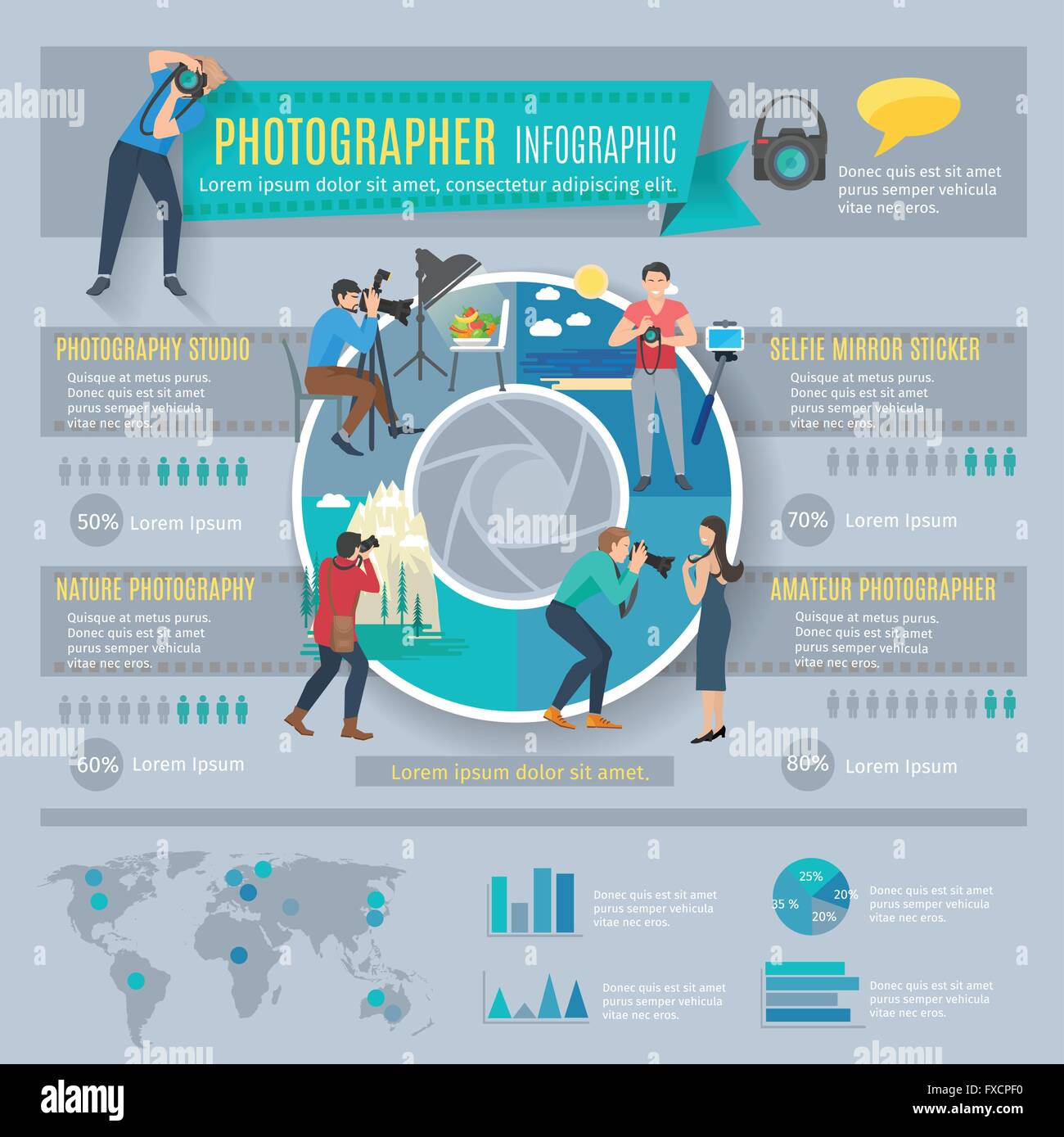Join Us To Find Important Digital Photography Pointers That Will Certainly Unlock Your Camera'S Potential-- Prepare To Catch Spectacular Photos Quickly!
Join Us To Find Important Digital Photography Pointers That Will Certainly Unlock Your Camera'S Potential-- Prepare To Catch Spectacular Photos Quickly!
Blog Article
Content Writer-Barrett Turan
When you first pick up your cam, it can really feel overwhelming with all the setups and alternatives available. https://telegra.ph/Easy-Ways-To-Improve-Your-Portrait-Photography-01-09-5 could find yourself asking yourself just how to browse aperture, shutter rate, and ISO efficiently. Mastering these basics is important, but there's more to digital photography than just technical knowledge. Comprehending make-up methods and lighting conditions can raise your photos considerably. So, what if you could learn basic techniques to enhance your abilities and begin capturing remarkable pictures faster than you think? Let's check out how to transform your photography journey.
Understanding Electronic Camera Setups
Understanding your electronic camera settings is crucial for catching sensational pictures. When you pick up your camera, familiarize yourself with the 3 primary setups: aperture, shutter speed, and ISO. Each plays an important role in how your pictures turn out.
Beginning with aperture, which regulates the quantity of light entering the lens. A larger aperture (reduced f-number) lets in extra light and creates an attractive history blur, perfect for portraits. Alternatively, a narrower aperture (higher f-number) keeps more of the scene in focus, perfect for landscapes.
Next off, concentrate on shutter speed. This setup figures out the length of time your cam's sensing unit is revealed to light. A rapid shutter rate ices up activity, which is excellent for action shots, while a sluggish shutter rate can produce spectacular results like smooth water in landscapes.
Last but not least, change your ISO. This setup impacts your electronic camera's sensitivity to light. A greater ISO works in low-light situations but can introduce sound or grain. https://telegra.ph/Break-Without-Standard-Advertising-Methods-And-Discover-Cutting-Edge-Approaches-To-Elevate-Your-Digital-Photography-Services---Y-01-08 for the most affordable ISO feasible while still achieving correct direct exposure.
Composition Methods
When you're out shooting, structure can make all the difference in just how your photos reverberate with customers. Begin by using the rule of thirds; picture your structure split right into 9 equivalent sections with 2 horizontal and two upright lines. Placement crucial elements along these lines or at their intersections to create balance and interest.
Next, take into consideration leading lines. These all-natural lines in your scene, like roadways or rivers, draw the customer's eye right into the picture, directing them with the story you're telling.
Do not forget about framing; use components within your scene, like trees or windows, to develop a structure around your topic, adding deepness and emphasis.
Likewise, keep On location Photography on your history. A chaotic background can sidetrack from your primary subject, while a straightforward one aids it stand out.
Last but not least, try out balance and patterns; they can develop a striking photo that records attention.
Learning Illumination Issues
Understanding lights problems is vital for catching stunning photos, as the best light can change a normal scene into something amazing.
Beginning by observing natural light at different times of the day. Mornings and late afternoons supply the best light, called the gold hour. The soft, cozy tones throughout these times can boost your images wonderfully.
Do not avoid overcast days either; diffused light can reduce extreme shadows and create a pleasing result, especially for portraits.
Explore backlighting by positioning your subject versus the source of light. This technique can create a dreamy halo effect and include depth to your images.
Take notice of your camera setups also. Change the ISO, aperture, and shutter speed to fit the lighting conditions. A greater ISO can aid in low light, however be cautious of grain.
Utilize a tripod in darker settings to prevent blur.
Lastly, do not fail to remember synthetic illumination. Flash and constant lights can be wonderful tools for managing light in challenging conditions.
Conclusion
In conclusion, grasping your camera doesn't have to be frustrating. By recognizing your setups, applying make-up strategies, and utilizing the power of natural light, you'll quickly elevate your photography skills. Bear in mind, practice makes perfect, so go out there and trying out your newly found knowledge. With time and commitment, you'll be capturing magnificent photos that mirror your special perspective. Enjoy the trip, and do not forget to have fun while you're at it!
